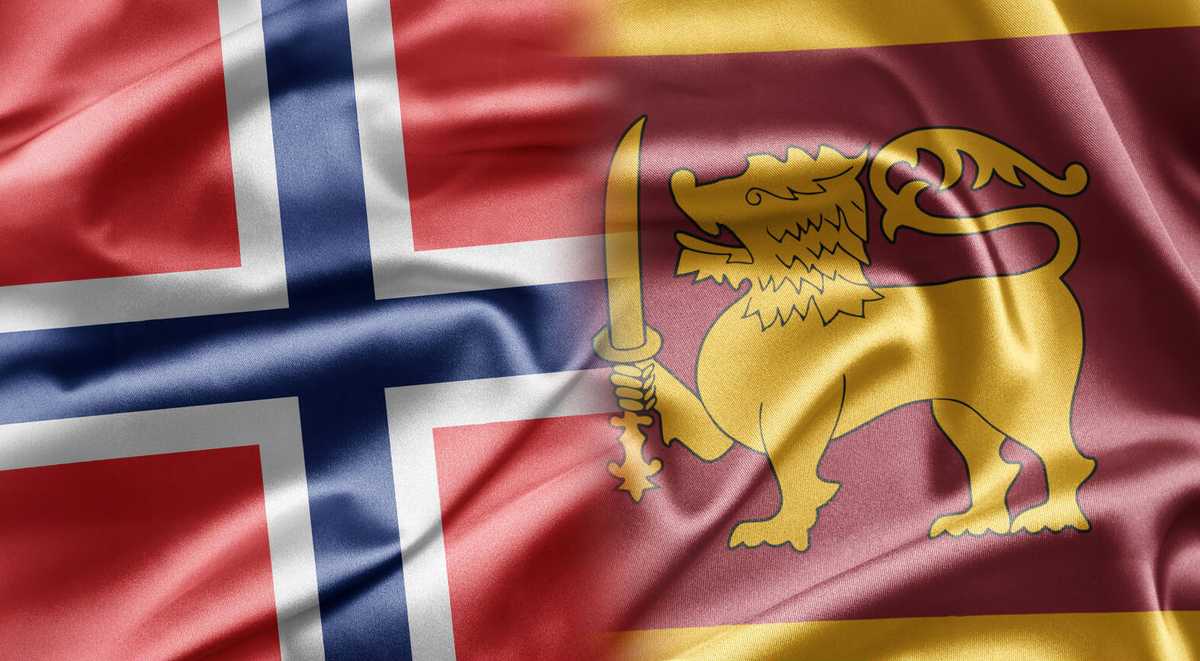Business Culture Compatibility - Sri Lanka vs. Norway

Norway, part of the Scandinavian region, is known for its egalitarianism, low-context communication, and flexibility. On the other hand, Sri Lanka leans more towards hierarchy, high-context communication and structure. So, what's the secret to their success? It turns out that despite their surface differences, Norway and Sri Lanka share some important values that make them excellent business partners. This paper will explore those shared values and explain why they matter so much in business.
What Makes Cultures Different?
When we talk about cultural differences, we're usually talking about two main aspects:
In this paper, we'll mainly look at those deep-rooted values that make Norway and Sri Lanka such great business partners. To give you a better idea, we've also included the US and India in our comparisons. This should help you see how these countries stack up against each other
Value 1: Reaching Consensus
The Two Ends of the Spectrum
Top-down: Some cultures prioritize a top-down approach with quick decision-making, often favoring speed and efficiency over prolonged discussions.
Consensus-Oriented: Other cultures prioritize reaching consensus, ensuring that all voices are heard and that decisions reflect the collective input of the group.
Norway (NO): In Norway, decision-making is highly inclusive, with an emphasis on hearing everyone's voice before moving forward. This approach ensures that all team members are aligned and committed to the decision.
Sri Lanka (SL): Similarly, in Sri Lanka, consensus is crucial, though it is often achieved through more indirect means, such as one-on-one discussions to ensure comfort and agreement before a decision is finalized. While Norway strongly emphasizes egalitarian beliefs, Sri Lanka's decision-making could be influenced by the need to maintain group harmony.
United States (US)/India (IN): Both countries emphasize on quick decision-making. Decisions are often made by individuals or small groups of leaders, with a focus on speed, efficiency, and results.
Value 2: Communal (Team) Responsibility
The Two Ends of the Spectrum
Self-Reliance: At one end of the spectrum, some cultures emphasize self-reliance, where individuals are expected to take personal responsibility for their successes and failures and encouraged to prioritize their own goals over collective needs.
Community Orientation: At the other end, some cultures place a high value on collective well-being and teamwork. In these cultures, significant attention is given to community work, and success is seen as a shared endeavor.
Norway: Despite its individualistic tendencies, Norway exemplifies high community orientation, with a strong focus on social welfare, community well-being, and collective interests. This mindset is akin to the "Law of Jante," which discourages standing out as better than others and instead promotes the idea that everyone is part of a larger whole.
Sri Lanka: Similarly, Sri Lanka’s culture places great importance on community and collective efforts. This is evident in practices like 'Shramadana' (voluntary community work) and 'Dansal' (free food distribution during religious festivals), where individuals come together to contribute to the welfare of the broader community. However, Norway's social welfare system is well institutionalized, whereas Sri Lanka's community orientation might be more familial and informal.
United States/India: These culture places a strong emphasis on individualism, where personal achievements and goals are prioritized over collective interests. The focus is often on self-reliance and personal success.
Value 3: Employee Voice
The Two Ends of the Spectrum
Suppressive Structures: In some cultures, hierarchical structures limit the expression of employee voice, with decisions often made by those in authority without much input from subordinates.
Empowering Structures: In other cultures, like Norway, employee voice is highly valued, with an emphasis on open feedback and participation in decision-making.
Norway: In an egalitarian culture like Norway's, employee voice is typically heard in a more direct and open manner. The organizational structure is flat, with minimal hierarchy, allowing for more democratic decision-making. This approach fosters transparency, inclusivity, and a sense of ownership among employees.
Sri Lanka: In Sri Lanka, while respect for hierarchy is more pronounced, the strong labor protections ensure that employee rights are safeguarded, and their concerns are addressed. This approach emphasizes stability and protection, potentially leading to a more secure and stable work environment. The taboo against mass layoffs in Sri Lanka further highlights the importance placed on employee stability and well-being, aligning closely with Norwegian values.
United States: In highly competitive workplaces, employee voice may be more limited, with decisions being made primarily by those in authority. In India, traditional hierarchical structures are more prevalent, often limiting the expression of employee voice, particularly in more conservative or large organizations.
Other Traits to Explore:
- Gender Role Differentiation
- Motivation to succeed
- Recognition of Efforts
- Conflict Resolution
- Emphasis on Qualifications
- Negotiation Style
- Work-Life Balance
To discover the complete insights and see how these cultures beautifully intertwine, download the whitepaper here. Dive deeper into each trait and understand how these cultural nuances can foster successful business partnerships.






